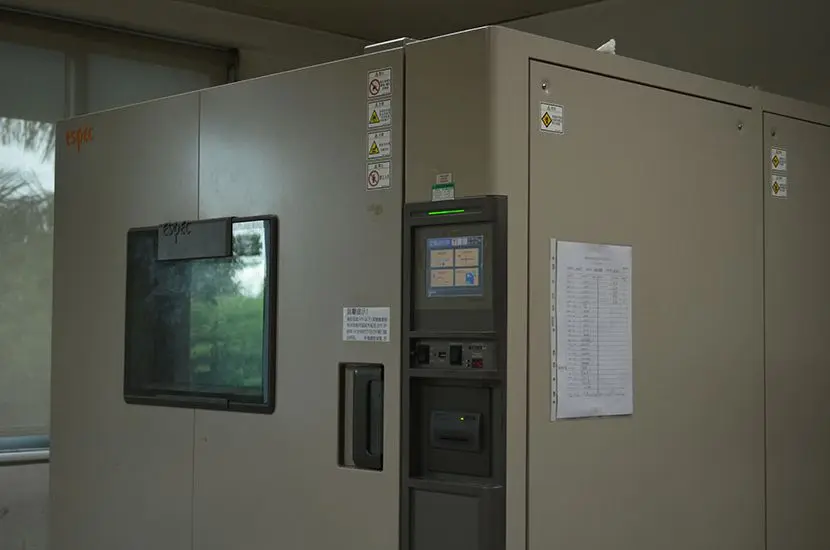
Photobiological Safety IEC/EN 62471 Testing
REDuce the photobiological hazards caused by optical radiation.
Can you be sure that the lights and lighting systems you produce are safe and worry-free? In the past, you might have thought these concerns were only related to safety and electromagnetic compatibility tests. However, today, photobiological safety is an essential element that must be included in the standards. It is well known that excessive radiation can lead to eye and skin diseases.

The photobiological safety standard IEC/EN 62471 evaluates the photobiological hazards of various lamps or other broadband light sources. The standard covers a fULl spectrum test range from 200nm to 3000nm, including ultraviolet (UV), visible light, and infrared (IR). In addition to the requirements for product energy levels, photobiological requirements have been added, including radiation intensity, radiation brightness, etc. The product is then classified according to the test data into hazard levels such as exempt, low hazard, moderate hazard, and high hazard. IEC/EN 62471 primarily measures broadband light and calculates factors such as the time, angle, and sensitivity of the human eye and skin's response to light.
Scope of Applicable Products
All lamps and lighting systems, excluding lasers. This standard not only applies to LED lights but also covers incandescent lamps, fluorescent lamps, gas discharge lamps, arc lamps, and other lighting products.
The EU regulation 244/2009 regarding the energy efficiency requirements for household non-directional lamps also specifies that testing for UV content (UVA/UVB/UVC) must be conducted in accordance with IEC/EN 62471 (including energy-saving lamps, incandescent lamps, and halogen lamps).
Email:hello@jjrlab.com
Write your message here and send it to us
 What Are the Testing Items of California Propositi
What Are the Testing Items of California Propositi
 E-Cigarette EU TPD Testing
E-Cigarette EU TPD Testing
 Testing Certification for E-cigarettes Exported to
Testing Certification for E-cigarettes Exported to
 What is Amazon US CPC Certification?
What is Amazon US CPC Certification?
 UK Toy Safety Regulation Standard EN 71-13
UK Toy Safety Regulation Standard EN 71-13
 What is EU UFI Registration?
What is EU UFI Registration?
 EU UFI Registration for E-cigarette E-liquid
EU UFI Registration for E-cigarette E-liquid
 How to get the MSDS Report for Electronic Cigarett
How to get the MSDS Report for Electronic Cigarett
Leave us a message
24-hour online customer service at any time to respond, so that you worry!




